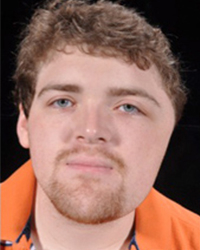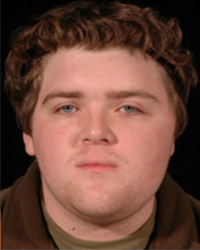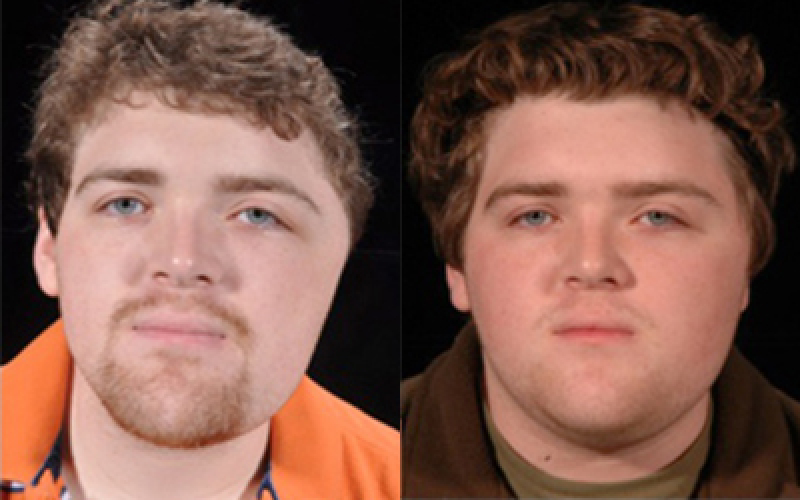Tumors in Dallas, TX
The word “tumor” congers up frightful images; however, they are not always malignant. Correctly assessing the severity of your tumor is important so the right treatment plan can be administered. The doctors at the International Craniofacial Institute in Dallas, Texas provide you with an accurate diagnosis, personalized treatment plan, and exceptional all-around care.
What Is a Tumor?
A tumor is an abnormal growth of cells formed in a lesion/swelling. Tumors may be cancerous (malignant), pre-cancerous (pre-malignant), or non-cancerous (benign).
Tumors in the head and/or neck region are typically expressed as abnormal growth areas/lumps, possibly causing displacement of facial structures. The initial appearance of a lesion may be a swelling or a bump. It could appear on the skin of a newborn infant or on an older patient which, in either case, needs to be investigated. Most occurring in children are related to embryologic and/or abnormalities of growth cells which are present in the child at the time of birth or appear during early childhood.
How Is a Tumor Treated?
Treatment usually involves removal of the tumor and reconstruction of affected areas to restore function and appearance.
Types of Tumors
Cystic Hygroma
A cystic hygroma, also referred to as lymphangioma, is a lesion that appears as a bulge under the skin. Typically, a cystic hygroma is not painful or noticeable until it has become large enough to push against the exterior skin. Most cystic hygromas are evident at birth or present themselves by the time a child is two years old. Incidence of lymphangioma is estimated at around one per 10,000 live births. (Lymphangiomas may also be acquired as a result of trauma, surgery, inflammation, or obstruction of lymphatic drainage.)
These lesions most commonly (about 75% of the time) occur in the head and neck regions, although they can arise elsewhere. Frequently, they are located in the back of the neck on the left side. They are benign.
First described in 1843 by Adolph Wernher, cystic hygroma (or cystic lymphangioma) is also known as macrocystic lymphatic malformation (first described in 1828). Wernher derived the name, cystic hygroma, from the Greek words hygroth (fluid) and oma (tumor).
Treatment involves complete removal of the affected tissue, if possible. Depending on the location of the growth, most often we advise removal and structural restoration of function and appearance of affected areas.
Fibrous Dysplasia
Fibrous dysplasia refers to a benign, bony tumor located in some portion of the skeleton. It tends to manifest in larger bones but can be located in any bone in the body. Although fibrous dysplasia can affect one bone or many, once it begins to manifest, it rarely spreads into multiple areas.
It is present at birth. Typically we see progressive, but slow, growth in early childhood through the teenage years. Although, a doctor can usually diagnose fibrous dysplasia with an x-ray, it frequently goes undetected for several years until an initial fracture or pain. Sometimes, a parent may notice a bump on the forehead which gradually increases in size or might observe that one eye is asymmetrically placed due to the tumor pushing the eye out of position. Wherever growth occurs within the facial region, it will eventually displace the surrounding structures and show up as a mass or lump noticeable to the naked eye or casual touch.
Treatment usually involves complete removal of the tumor along with whatever portion of bone is involved and restructuring or completing a bone graft to build the area up to a normal shape and appearance.
Dermoid Cysts
A dermoid cyst is a sac-like growth (that may feel rubbery) made up of a mass of different kinds of skin-related cells, including mature hair, teeth, sweat glands, and skin tissue. Because they do contain mature tissue, dermoid cysts are almost always benign.
Dermoid cysts occur in a variety of places. In children, they usually appear on the face and inside the skull and, rarely, in the brain or nasal sinuses. Often, they are located under or near the outside tip of either eyebrow, and they may also be found in the tongue or under the tongue.
They may not be immediately recognized. An abnormal mass of cells may remain hidden or partially concealed before anyone notices anything out of the ordinary. A child will often be impervious to the mass as well, until it reaches a size or moves into a position where it displaces other structures or touches a nerve, causing discomfort and/or pain.
The first line of treatment is surgical removal of the entire mass and restoration of structure and appearance, as needed.
In most cases, no one is sure what stimulates the process of cyst formation, that is, why it occurs in one person and not in another. We do understand the mechanism involved in the process – incorrect gene instructions cause rapid cell growth in areas where it isn’t needed or wanted and cysts, bony tumors, or soft tissue tumors result. It isn’t likely that these conditions are passed from parent to child but that they happen on an individual basis due to malfunctioning genes.
Hemangiomas
Sometimes present at birth, a hemangioma will usually appear during the first four months of life. It is the most common tumor of infancy and is non-cancerous. A child born with a hemangioma is more likely to be female, premature, or born as a twin or triplet.
A hemangioma is a collection of blood vessels that has grown out of control, forming a raised, red birthmark. It is typically solitary, with the appearance of a strawberry or raspberry rising from the skin. Deeper lesions may have a bluish color.
Although about 50 percent of the time hemangiomas gradually disappear (often by the age of five), early evaluation and treatment consideration is necessary. Complications such as bleeding and ulceration, disfigurement, or interference with vision or breathing indicate medical and surgical intervention.
Fortunately, there is a variety of treatment options to eliminate these growths. Used alone, or sometimes in combination, the treatment methods include blocking blood flow from the area to reduce the size of the growth, destroying hemangioma vessels with yellow laser treatment while preserving the skin, giving oral or injected corticosteroids to decrease inflammation, or injecting bleomycin into the lesion itself. The medications interferon and/or vincristine may also help if steroids are ineffective.
In cases requiring surgical removal, all related tissue is removed to reduce the chance of re-growth, and then the area is carefully shaped and smoothed to improve the appearance. In rare instances, hemangiomas may grow back to some extent, requiring follow-up surgery.
Neurofibromatosis
Also known as von Recklinghausen disease, neurofibromatosis is rarely cancerous. Neurofibromatosis grows around the nerve cells/sheaths and affects all nearby tissues: skin, the layer below the skin (subcutaneous), and bone.
Typically, neurofibromatosis is first noticed as patches of “café au lait” colored areas of skin which look like birthmarks. Then the neurofibromatosis nodules themselves are noted. Neurofibromatosis may become evident in any of three forms: flat lesions of moderate size that follow a nerve and cause enlargement of surrounding tissues (plexiform neurofibroma), small round nodules present in groups (mollusca fibrosa), or massive overgrowths of skin and associated soft tissues (elephantiasis neurofibromatosa). In the head, skull, and facial feature regions we often see deep involvement with several layers of skin, nerve, and bone tissue in the eye area.
Usually, the growth isn’t painful but requires treatment to avoid tissue and structure damage. The best improvement is achieved by surgically removing the growth. The tumor tissue tends to grow into and around the normal tissues so that removal is lengthy, complex, and transient. Repeated surgeries will help control and eliminate further growth.
If the neurofibroma tumor grows in the face, brain, or skull region, it often pushes the eye out of its normal orbital position and infiltrates the eyelid tissue. It can extend into the bony area surrounding the eye sockets. Therefore, in addition to surgical removal of the abnormal tissues, reconstruction of bony tissue with bone grafts and bone contouring may be required.
Although a specific cause is not known, it is possible to inherit a predisposition to this condition.
Why Choose International Craniofacial Institute?
The International Craniofacial Institute is one of the leading institutes for craniofacial disorders and conditions. Our doctors and surgeons have treated over 17,000 patients with genetic disorders worldwide. These disorders are most often centered on craniofacial issues, palate repair, and cleft lip repair. In addition to diagnosing and treating these issues themselves, the doctors and specialists also train other professionals from all over the world. The International Craniofacial Institute was founded by Dr. Kenneth Salyer, a surgeon, in 1971, and today it is headed by Dr. David G. Genecov.
If you have a child or another family member who is suffering from a genetic syndrome or has a cleft lip, cleft palate, or craniofacial complication, the staff at the International Craniofacial Institute can help. Contact us today to talk with the doctors and staff about your options and how we can help.


